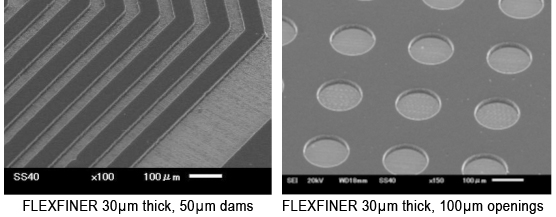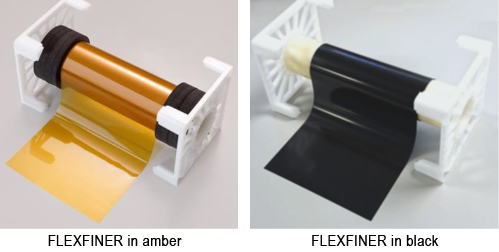"Covering the World with John Fix"
June 2020
 Over the last several weeks I have received a lot of inquiries related to flexible products, including our FLEXFINER photoimageable coverlay dry film. The advantages of dry film are well known; the ease of use/handling, flatness control, tenting capabilities and uniform thickness control.
Over the last several weeks I have received a lot of inquiries related to flexible products, including our FLEXFINER photoimageable coverlay dry film. The advantages of dry film are well known; the ease of use/handling, flatness control, tenting capabilities and uniform thickness control.
Another benefit is that the application process of FLEXFINER is very simple and clean. The film is cut to fit the PCB and then placed into the vacuum laminator where heat, vacuum and pressure are applied to create perfect conformation between the FLEXFINER and the topography of the printed circuit board. There is no chance of getting wet solder mask on you or on the surrounding areas. Once it's applied, the process is very similar to standard LPI solder mask; the exposure step is followed by a short oven bake and then the board goes into the developer. After developing, the PCBs are placed in an oven for final cure. Also, handling a flexible PCB with dry film is much easier than with a liquid product.
These photos show 2 mil lines and 4 mil openings.

And the icing on the cake, the final properties of FLEXFINER are outstanding, with a UL listing of VTM-0, excellent bending properties (MIT 850 cycles), a low Dk of 3.1, and a low Df of 0.02. The resolution capabilities are also extremely impressive as you can tell from the photos above. All this adds up to excellent reliability and performance.
Currently, Taiyo offers a nice variety of options related to thickness and color. The amber film is available in thicknesses of 15, 20, 25, 30 and 40µm; the black film in 15, 30 and 40µm thicknesses.

Please feel free to contact me or any of your Taiyo resources to learn more.
